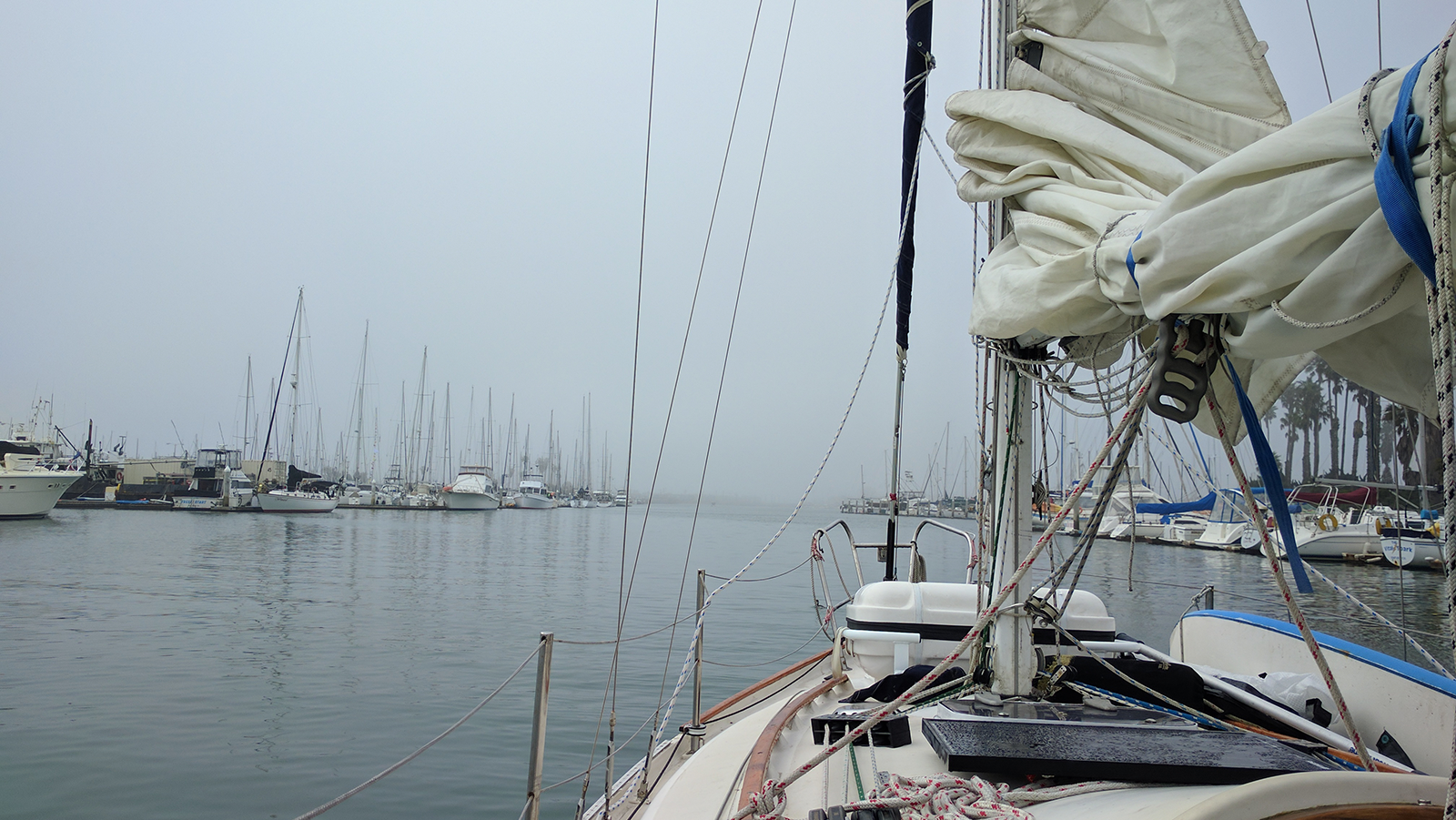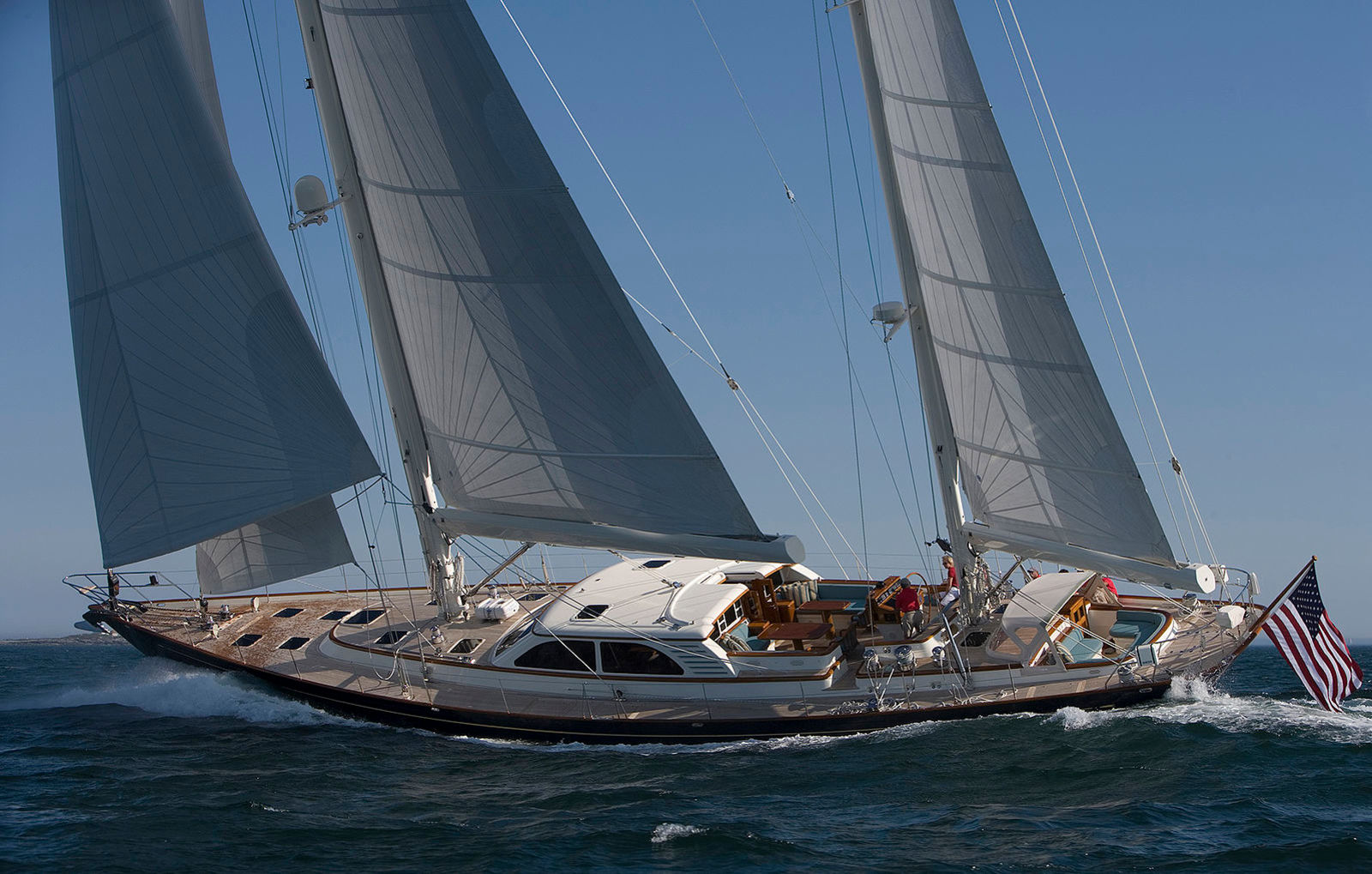
When somebody says automobile, they are usually talking about those four-wheeled things with internal combustion engines. Most sailboats have an engine on board to move around the marina, and I think this clearly makes the sailboat an automobile. Wheels are not a requirement to be mobile. What are those things called that you use in the snow that kind of look like fat motorcycles? Snowmobiles. No wheels, still mobile. Mobility is the goal and wheels are simply an efficient way to become mobile on land.
If you preclude the engine from the equation, is it still an automobile? A sailboat doesn’t move under its “own” power, but it is still mobile. Just because it doesn’t carry a source of energy onboard doesn’t preclude it. Sure, it is pulling energy out of the air, but so is your car! internal combustion doesn’t work unless you have oxygen to complete the combustion, and where do you get that? The air around you.
“Sure, Matt,” you say, “but only if you’re going the same direction as the wind.”
Wrong!
You can sail into the wind, you just have to zig-zag 45 degrees into the wind. The sail acts as an airfoil, giving you “lift” towards the oncoming wind. It’s called sailing close-hauled, and it’s pretty great if you like throwing up over the side of a boat.

“But what if the wind is not blowing at all?”
It is basically impossible to not move in a sailboat; there is always going to be some current or gust or drift. Sometimes it is not an efficient or ideal automobile, but it is still an automobile. And if you have the anchor out? That’s the parking brake.
“But what if it is on land, and not in the water?”
What if your car is in the water and not on land? Then what?
Sailboats are automobiles.
-
Do you like your automotive ideas impulsive and questionable? If so, click here: